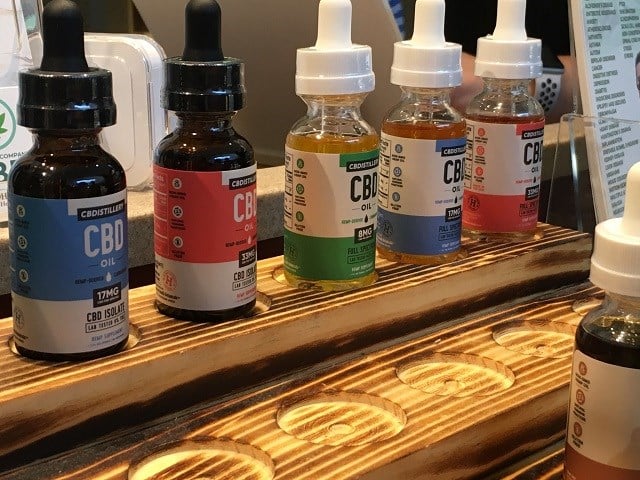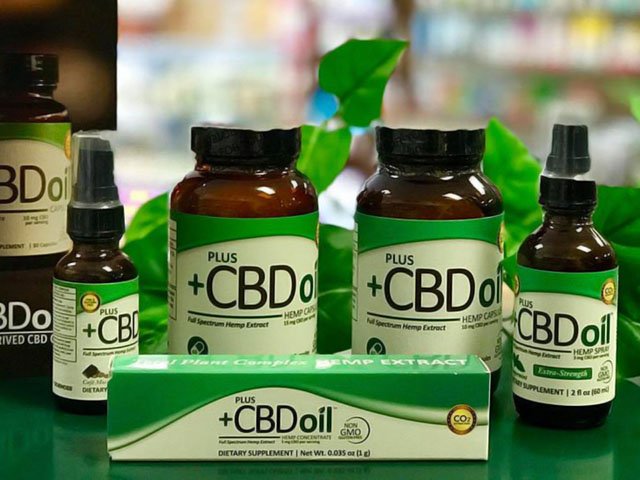Cannabidiol, better known as CBD, has taken the world by storm in recent years. From wellness enthusiasts seeking natural remedies to individuals searching for relief from various ailments, CBD’s popularity has soared. However, this seemingly miraculous compound derived from the hemp plant has encountered a labyrinth of legal complexities. In this blog post, we will delve into the evolving legal landscape of CBD, exploring its history, current status, and potential future directions.
The Origins of CBD Regulation
The journey of CBD regulation dates back to the Controlled Substances Act of 1970 in the United States, which classified hemp as a Schedule I substance, deeming it illegal. This classification encompassed hemp, making no distinction between the two. However, things began to shift with the passage of the Agricultural Act of 2014, commonly known as the Farm Bill. This bill allowed for the cultivation of industrial hemp with less than 0.3% THC content on a federal level for research purposes. It was a small but significant step toward the recognition of hemp’s potential.
The Farm Bill of 2018: A Turning Point
The real breakthrough for CBD came with the Agricultural Improvement Act of 2018, often referred to as the Farm Bill of 2018. This landmark legislation not only legalized the production of industrial hemp but also removed it from the list of controlled substances. The bill laid the groundwork for the regulated production and sale of hemp-derived CBD products in the United States. It gave rise to a booming CBD market, with a plethora of products flooding store shelves, ranging from oils and tinctures to edibles and topicals.
The FDA’s Oversight Challenge
Despite the Farm Bill’s provisions, the Food and Drug Administration (FDA) retained its authority to regulate CBD products, given that CBD was now considered a drug ingredient (due to the approval of Epidiolex, a CBD-based epilepsy medication). This has led to a complex and often confusing regulatory framework. The FDA has adopted a cautious approach, expressing concerns about the safety of CBD and its potential interactions with other drugs. As a result, they have yet to issue comprehensive regulations, leaving the industry and consumers in a state of uncertainty.
State-by-State Variances
Adding to the complexity, states have been left to create their own CBD regulations, resulting in a patchwork of rules and requirements. Some states have embraced the CBD industry, permitting the sale of a wide array of products, while others have implemented stringent restrictions or outright bans. This inconsistency has posed significant challenges for businesses operating across state lines and has left consumers uncertain about the legality of CBD in their area.
The Gray Areas: CBD in Food and Beverages
One of the most debated areas in the CBD industry revolves around its use in food and beverages. The FDA’s stance on this matter has been particularly cautious, as adding CBD to food products could raise concerns about the compound’s safety and potential long-term effects. Nonetheless, CBD-infused edibles have become highly popular, leading to a clash between entrepreneurs seeking to capitalize on the trend and regulatory agencies seeking to safeguard public health.
The Road Ahead: Potential Future Directions
The future of CBD regulation remains uncertain, with several potential scenarios on the horizon. The FDA could eventually provide clear guidelines for the industry, alleviating confusion and providing a framework for the safe production and sale of CBD products. Congress may also pass legislation to harmonize state laws and provide more clarity at the federal level.

Another possibility is that CBD could be rescheduled under the Controlled Substances Act, potentially allowing for more flexible regulation and research opportunities. However, this could also bring new challenges, such as increased competition from larger pharmaceutical companies seeking to capitalize on CBD’s therapeutic properties. Please head to this website for more information or to read all about CBD.
Conclusion
As the CBD industry continues to grow and capture the attention of consumers and businesses alike, navigating the legal landscape remains a paramount concern. The journey from being classified as a Schedule I substance to legal recognition has been both arduous and transformative. However, uncertainties still abound, particularly in relation to the FDA’s oversight and the diverse regulations across states.
In the end, achieving a comprehensive and coherent legal framework for CBD will require collaboration between lawmakers, industry stakeholders, and regulatory agencies. Only through collective efforts can we strike the right balance between consumer safety, public health, and the potential benefits of this promising compound. As we eagerly await the unfolding of CBD’s regulatory future, one thing remains clear: the journey has only just begun.













